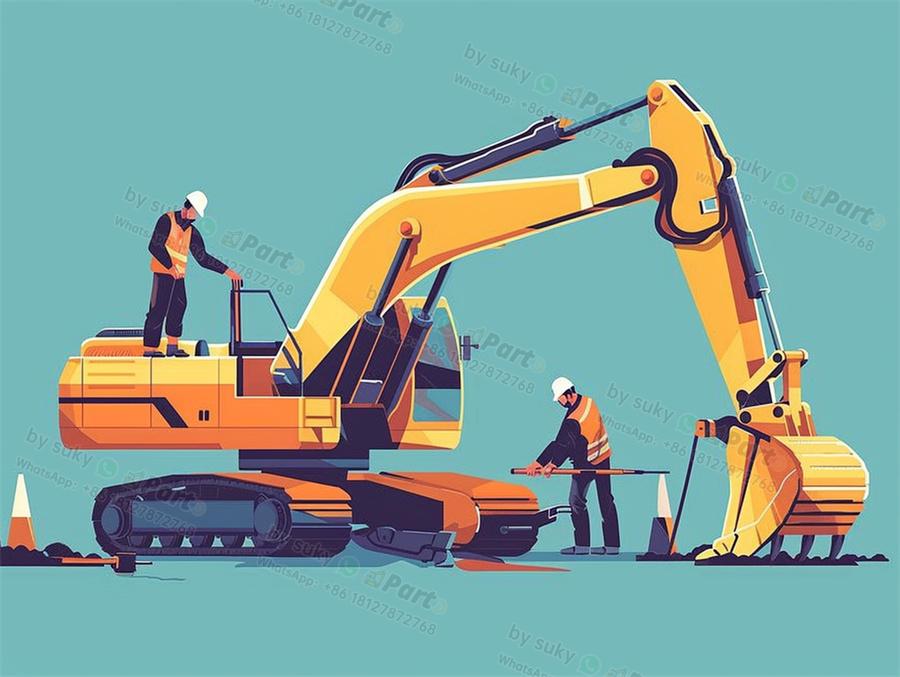How to Read an Oil Pressure Gauge
A crucial component in monitoring the health of a vehicle’s engine, an oil pressure gauge provides valuable information about the oil circulation within the engine. For importers and distributors of engineering vehicle parts, understanding how to read an oil pressure gauge is essential to ensuring the proper functioning of their vehicles and preventing potential damage.
Interpreting the Gauge
When looking at an oil pressure gauge, there are a few key things to keep in mind. The gauge typically has a range of numbers, with a normal operating range marked on the dial. As the engine runs, the oil pressure should fall within this normal range. If the needle moves into the red zone, it indicates low oil pressure, which can lead to engine damage if not addressed promptly. On the other hand, excessively high oil pressure could also indicate a problem, such as a clogged filter or a malfunctioning oil pump.
Monitoring the Readings
It is important to regularly monitor the readings on the oil pressure gauge to ensure that the engine is running smoothly. During start-up, the oil pressure may be higher than normal as the oil circulates through the engine. However, once the engine is running, the oil pressure should stabilize within the normal range. If the gauge consistently shows low oil pressure or fluctuations in pressure while driving, it is crucial to investigate the issue further to determine the root cause.
Taking Action
If the oil pressure gauge indicates a problem, it is important to take immediate action to prevent potential damage to the engine. Check the oil level in the engine to ensure it is at the recommended level, as low oil levels can lead to decreased oil pressure. Inspect the oil filter for any signs of blockage or contamination, and consider changing the oil if it has been a while since the last oil change. If the problem persists, it may be necessary to consult a mechanic for a more thorough inspection.
In conclusion, understanding how to read an oil pressure gauge is essential for importers and distributors of engineering vehicle parts to ensure the proper functioning of their vehicles. By monitoring the readings on the gauge, taking action when necessary, and addressing any issues promptly, they can prevent potential damage to the engine and prolong the lifespan of their vehicles.




